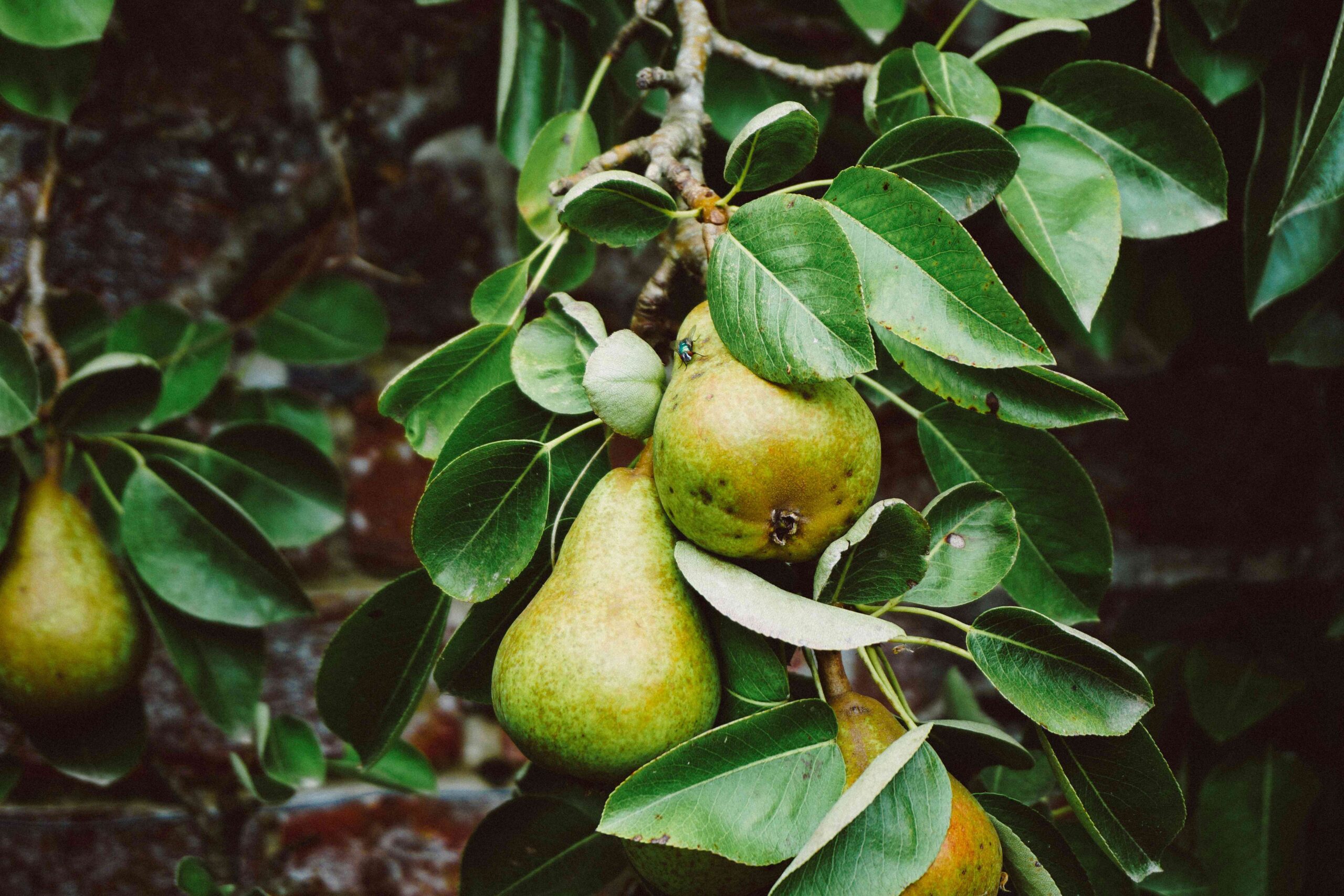Pruning a pear tree might seem daunting for many gardeners, but it doesn’t have to be a source of panic. It’s important to approach pruning with the right knowledge, as excessive pruning can harm the tree. With the help of this easy guide, you can ensure that your pear tree remains well-shaped and productive. Regular pruning is a vital part of fruit tree care, and it helps stimulate the tree’s growth, allowing it to thrive.
Also, read my guide on:
How to Prune Blackberries for Bigger, Juicier Berries!
When it comes to pruning methods, remember that no one does it the same way—not even the experts. You can prune your tree confidently by focusing on its survival, stimulation, and shaping. A pruned tree grows better than an unpruned one, which might not grow well or fail to thrive. The key is to find the balance that works for your tree’s health.
Proper pruning helps keep the pear tree looking good and ensures its long-term productivity. While it might seem overwhelming at first, pruning becomes a simple and rewarding task with regular care. So, don’t worry about getting everything perfect on the first try; with the right steps, you can shape your tree into a healthy, fruitful one.
Why prune a pear tree
Pruning pear trees regularly is essential for maintaining a healthy tree and improving its crop. It stimulates the growth of new fruiting wood and enhances air circulation, which helps the tree stay strong and free from pests and diseases. Pruning also ensures that the canopy allows enough light to reach the fruits, helping them ripen and grow healthy and large. By trimming dead, diseased, and damaged wood, you create a better environment for the tree to thrive.
Additionally, pruning helps control the height and shape of the tree, allowing it to grow in a more manageable form. It reduces overcrowding and ensures that each branch has enough space to flourish, leading to a more productive tree.
When to prune a pear tree
The best time to prune a pear tree depends on how the tree is grown. It’s ideal to prune free-standing trees from mid-winter to early March after the leaves have fallen. This ensures you do not harm the tree’s growth. If the pear tree is grown as a cordon, espalier, or fan, it’s best to prune during summer, with just a light tidy up over the winter months.
For a young tree, pruning should begin immediately after planting to shape it into a central leader shape. When pruning a mature tree, it’s best to wait until the third year of growth to allow the tree to establish itself. If there’s a lot of pruning, consider spacing it out over several seasons to prevent shock and ensure the tree has enough shade and space to thrive.
How to Prune Pear Trees
First Growing Season (Late June to Early July)
Begin by pruning to shape your pear tree. If you’re aiming for a pyramidal or central leader form, remove lateral branches and ensure the vertical leader is properly spaced with scaffold branches.
Second Growing Season (Early Spring)
In the second year, prune the tree early in the spring. Remove any competing leaders and shape the tree into its permanent pyramidal form. Focus on lateral branch development to maintain balance and health.
Third Growing Season (Ongoing Maintenance)
As the tree becomes established, begin controlling its height and ensuring its strong structure. Remove any damaged, brittle, or diseased wood. Also, cut crossed branches to prevent rubbing and damage.
Remove Suckers and Unwanted Growth
Throughout the seasons, look for suckers, shoots, or branches growing near the trunk. These should be removed to keep the tree’s canopy clean and healthy.
Encourage Healthy Growth
Prune downward, inward, or upward growing branches that might damage the structure. Trim any whorls of small branches, leaving the healthiest and strongest ones to thrive. Regular pruning encourages the tree to develop thicker stems, better flowers, and optimal fruiting buds spaced 4-6 inches apart.
Final Observations
Pruning a pear tree is essential for ensuring its health and productivity. Following the right techniques can promote strong growth, encourage fruiting, and shape the tree into a beautiful, well-maintained structure. Regular pruning removes dead, diseased, or damaged wood, helping to prevent pests and diseases while allowing light and air to reach the tree’s branches and fruit. Though it might seem daunting at first, pruning becomes an easy and rewarding task with practice and patience. By understanding the proper time and techniques for pruning, you can create a flourishing pear tree that thrives year after year.
FAQs
Q- What is the best shape for a pear tree?
The best shape for a pear tree is typically a central leader form or a pyramidal shape. This allows for good structure, air circulation, and proper light exposure for healthy fruit production.
Q- How to prune a 3-year-old pear tree?
For a 3-year-old pear tree, prune in early spring to shape the tree. Remove any competing leaders, prune back any damaged or diseased wood, and focus on establishing the central leader and scaffold branches.
Q- How to prune a pear tree that is too tall?
To prune a pear tree that is too tall, cut back the central leader to a lateral branch to control its height. You can also prune the tallest branches to maintain balance and prevent excessive growth.
Q- What is the best time to prune pear trees?
The best time to prune pear trees is mid-winter to early spring after the leaves have fallen. Young trees should be pruned immediately after planting, while mature trees should be pruned during the third growing season.










